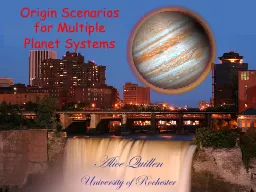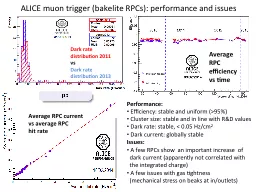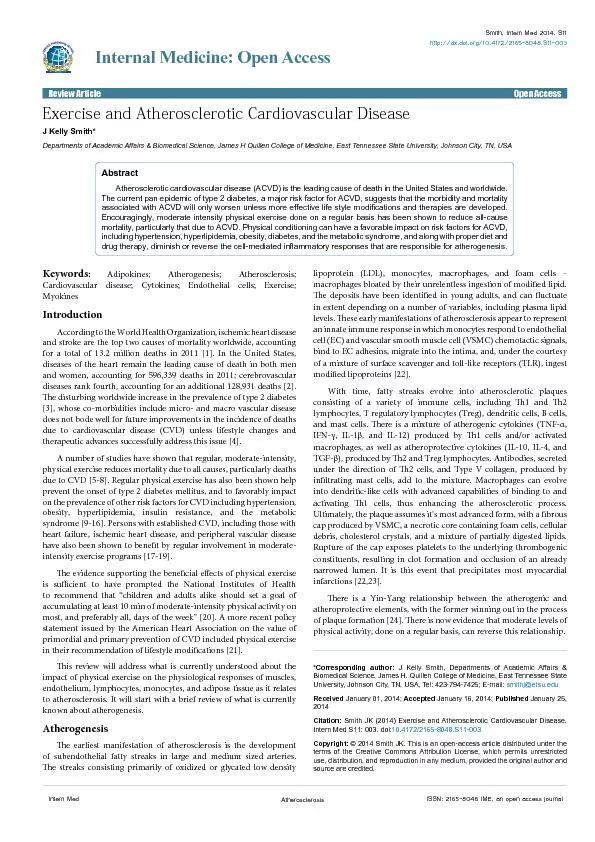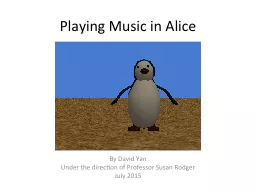PPT-Alice Quillen
Author : karlyn-bohler | Published Date : 2017-05-06
University of Rochester Origin Scenarios for Multiple Planet Systems Conjunctions between Kep 36 planets Conjunction every 97 days 7 times orbital period of
Presentation Embed Code
Download Presentation
Download Presentation The PPT/PDF document "Alice Quillen" is the property of its rightful owner. Permission is granted to download and print the materials on this website for personal, non-commercial use only, and to display it on your personal computer provided you do not modify the materials and that you retain all copyright notices contained in the materials. By downloading content from our website, you accept the terms of this agreement.
Alice Quillen: Transcript
Download Rules Of Document
"Alice Quillen"The content belongs to its owner. You may download and print it for personal use, without modification, and keep all copyright notices. By downloading, you agree to these terms.
Related Documents














